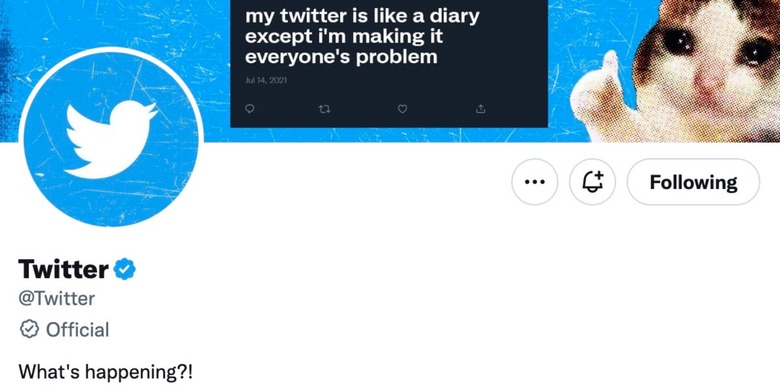Twitter Rolling Out 'Official' Label As Blue Checkmark Controversy Continues [U]
Update: In a tweet, Twitter's owner Elon Musk announced he has "killed" the Official label as the "Blue check will be the great leveler." In addition, he said Twitter will do "lots of dumb things in coming months. We will keep what works & change what doesn't." The original story below is unchanged.
If anyone can be verified on Twitter, what does the blue checkmark stands for? With that in mind, the company announced it would bring an "Official" label to select accounts. As of now, it appears this second label to verify already-verified accounts is slowly rolling out to publishers, big tech companies, and more.
Twitter's Esther Crawford announced yesterday that users would be able to "distinguish between Twitter Blue subscribers with blue checkmarks and accounts that are verified as official" thanks to a new "Official" label.
According to her, "not all previously verified accounts will get the 'Official' label," and it won't be available for purchase. Crawford says only a few accounts will get this label:
- Government;
- Commercial companies;
- Business partners;
- Major media outlets;
- Publishes;
- Some public figures.
Esther Crawford also notes that "the new Twitter Blue does not include ID verification" as it's an opt-in, paid subscription that offers a blue checkmark and access to select features. That said, it seems Twitter is now rolling out this "Official" label to some accounts.
Apple accounts, prominent media outlets such as Reuters, The Guardian, and The Rolling Stones, governmental accounts like the POTUS, the UN, and more are also getting this new Official label. BGR can also confirm that musicians and artists are getting this new verified badge.
Currently, it doesn't seem journalists have this Official label being rolled for them. It's unclear what will be Twitter's criteria to verify these accounts.
Yesterday, Twitter's safety chief said the company needs to "invest more in identity verification." Roth says that, in the short term, there will be a "proactive review of Blue Verified accounts that show signs of impersonating another user. When we find them, we'll suspend them." In the long term, Roth says that the company needs "to invest more in identity verification as a complement to proof-of-humanness. Paid Verification is a strong (not perfect) signal of humanness, which helps fight bots and spam. But that's not the same thing as identity verification."
BGR will report once we learn more about how these changes will affect users and the platform.
The new Twitter Blue does not include ID verification â€" it’s an opt-in, paid subscription that offers a blue checkmark and access to select features. We’ll continue to experiment with ways to differentiate between account types.
— Esther Crawford ✨ (@esthercrawford) November 8, 2022
